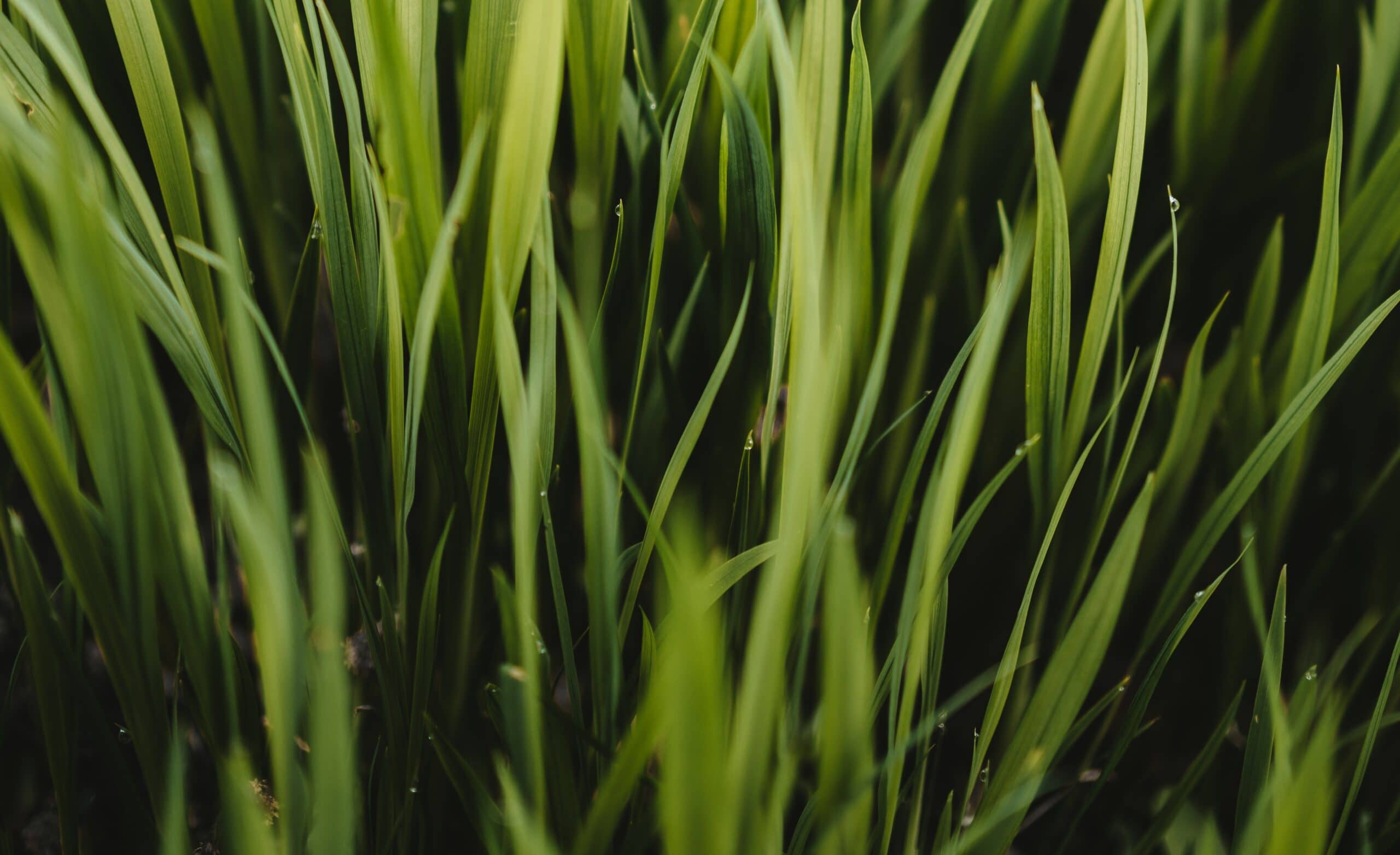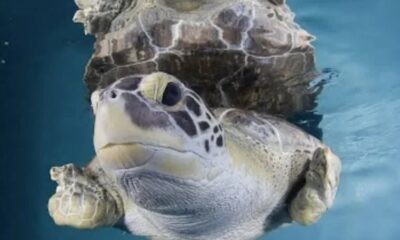Comm Voice
Environmentally sound: Why I’m proud of my ugly lawn

Welcome to the Catalyst’s Community Voices platform. We’ve curated community leaders and thinkers from all parts of our great city to speak on issues that affect us all. Visit our Community Voices page for more details.
My wife and I have the ugliest lawn in our neighborhood. At my house, there is no scrambling to enhance grass. We do not kill weeds or plants that can be perceived as nuisances. We also don’t spray weed killers or pesticides to deter growth in the sidewalk or kill insects, and we don’t water our lawn. A point we are quite proud of.
As we enter June, Pinellas County’s annual fertilizer ban will be in effect. The goal is simple: Reduce the amount of nitrogen that will run off of lawns, and into storm drains and the Gulf, during the rainy season.
My neighborhood has been a hotbed of activity over the past month, as lawn service companies frantically arrive to spray fertilizer for the last time for several months. We live in a lovely neighborhood, with long-term residents who are friendly, look out after each other and maintain their homes.
I like to think we are good neighbors, in that we know many of our peers, take care of our home, pick up trash, clean up after our dog on walks, and are respectfully cognizant of our property values. Like many neighborhoods, we have neighbors with pristine homes and lawns, the kind that would make Martha Stewart beam, as well as those that have not changed much in 30 years.
I would grade our home to be middle-tier, with a nice-looking house that might use new paint, but is very presentable, albeit with a lawn that has brown patches, weeds and a haphazard blend of grasses.
A closer look at our lawn reveals a variety of weeds and plants, including Spanish needles, spiny sowthistle, common wireweed and pink purslane, a native edible plant that grows throughout the state. Since we don’t have an HOA, we have more choices, and self-govern paint colors and lawn care.
I remember playing baseball and football and rolling in the grass as a child, and a freshly mowed lawn is one of the better, natural aromas associated with many fond memories. I was also a beekeeper and appreciate nature creating habitat to sustain this pivotal species so crucial for our own survival. While we do cut our weedy lawn, including edging our sidewalk, I just can’t bring myself to re-sod or service my lawn with chemicals or fertilizer.
A proposed law by the State Legislature would fund research into the impact of lawn fertilizers on local waters, and I remain confident in my decision. The growth of Karena brevis (red tide), as well as dinoflagellate Pyrodinium bahamense in Tampa Bay and the Gulf, are attributable to a number of issues, including warmer waters, increased development and subsequent nitrogen increases.
By fertilizing our lawns during the rainy season, nitrogen and phosphorus are washed off our lawns and into our waters, which feeds the algae and encourages bloom. Having lived in the southwest for a period of time, I understand the value of fresh water and cannot abide wasting this precious resource. As of 2020, over 900 million gallons of water per day are used in Florida to water private lawns (1) , and despite the option of reclaimed water, which does reduce the use of potable water, the energy needed to create and distribute this resource is high.
The St. Petersburg City Council recently discussed the challenge of city regulations to maintain yards versus nonpermeable alternatives, such as synthetic turf or rocks and shells. The latter requires less maintenance, but also reduces water absorption in the ground and potentially increases the amount of storm water runoff to an already overwhelmed infrastructure. There is no simple solution here, but kudos to the City Council for acknowledging the issue while seeking options.
In Sweden, the island of Gotland launched an “ugliest lawn” competition in 2022 in an effort to conserve water (2). The popular vacation island was experiencing a record-setting drought and launched the initiative in conjunction with an irrigation ban to reduce water usage. The winning lawn owner received a visit from a local gardener who helped the homeowner plan a drought-resistant garden, and the community planned to lift water use restrictions as the initiative was successful.
During a recent tour near Shell Key, off Tierra Verde, our group remarked on the beauty of the water. The lack of rain this spring reduced runoff and contributed to crystal clear waters in and around the Gulf, reminiscent of the Caribbean. This is a stark contrast from the floating dead fish and the coughing and discomfort experienced during red tide events.
As one of our significant supporters recently asked about Tampa Bay’s environment: “why does it seem like we are just sticking our finger in the dam?” He was right. In order to make impactful changes in our local ecosystem, we need to proactively stop overwhelming our waters with chemicals and debris, while simultaneously restoring the bay.
Banning fertilizers for the season and reducing lawn watering leads to a critical question: do you want a clean bay or a green lawn? I’ll take a beautiful, healthy Tampa Bay and Gulf of Mexico. And until we have a better solution, I’ll stick with my ugly lawn: who knows, it might even win an award someday.
1. Heggie, J. 2020, 29 July. The Floridian aquifer: Why one of our rainiest states is worried about water. National Geographic.
2. Rosenthal, Z. 2022, 26 August. Swedish island holds ‘ugliest lawn’ contest to help conserve water. The Washington Post.
Dwayne F. Virgint is Chief Executive Officer of Tampa Bay Watch, Inc.








Mike M
June 3, 2023at5:47 pm
I haven’t fertilized in the 8 years I’ve owned my home. I cut the grass and leave the clippings . It’s mostly oak leaves now mulched into a rich loam. I intend to , eventually, get certified as a Xeriscaped lawn
Laura
June 3, 2023at4:30 pm
Another alternative is to plant native ground covers that don’t require fertilizer or additional water and yet also support pollinators, birds and other wildlife.